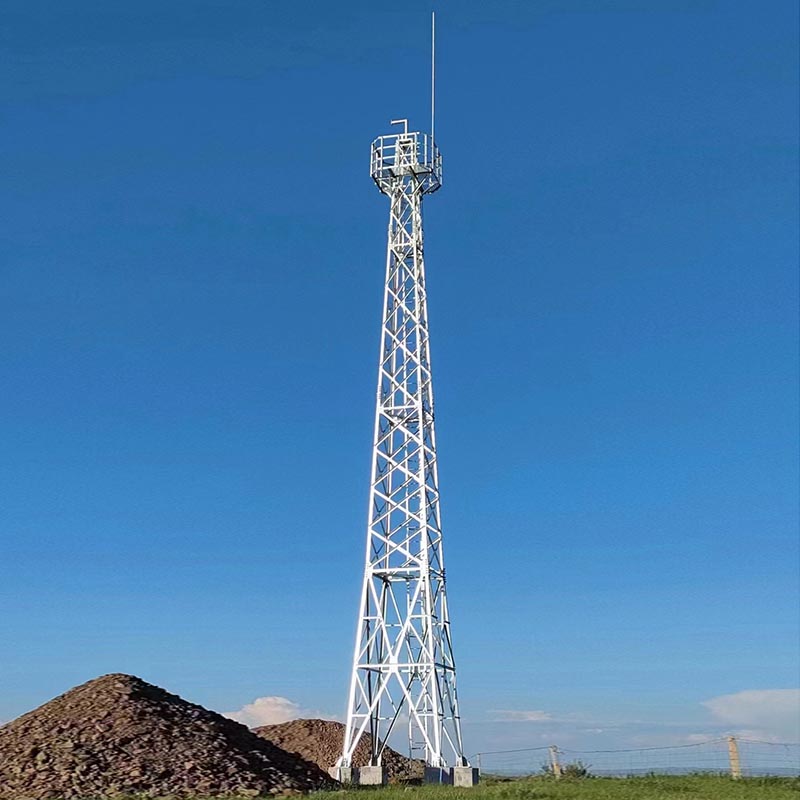The Engineering Behind Power Metal Bridges: Design and Construction
2024-07-10
Introduction
The engineering of power metal bridges involves meticulous design and construction processes to ensure they meet the demands of their intended applications. From material selection to structural analysis, every aspect is carefully planned to achieve optimal performance and durability. In this blog, we will explore the engineering principles behind power metal bridges, highlighting the critical steps in their design and construction.
Design Principles of Power Metal Bridges
1. Material Selection
- High-Strength Metals: The choice of metal is fundamental to the bridge's performance. Commonly used metals include steel and aluminum alloys, known for their high strength-to-weight ratios and durability.
- Protective Coatings: Applying protective coatings, such as galvanization or epoxy, enhances the metal's resistance to corrosion and environmental wear, extending the bridge's lifespan.
2. Load Analysis
- Structural Load Calculations: Engineers perform detailed calculations to determine the loads the bridge will encounter, including static loads (weight of the bridge itself) and dynamic loads (traffic, wind, and seismic activity).
- Safety Factors: Incorporating safety factors into the design ensures the bridge can handle unexpected stresses and overloads, enhancing its reliability and safety.
3. Design Optimization
- Finite Element Analysis (FEA): Advanced computational tools like FEA are used to simulate and optimize the bridge design, identifying potential stress points and ensuring even load distribution.
- Modular Design: Power metal bridges often feature modular components, which allow for easier transportation, assembly, and future modifications.
Construction Process of Power Metal Bridges
1. Fabrication
- Precision Manufacturing: Components are manufactured with high precision to ensure they fit together seamlessly during assembly. This involves cutting, welding, and shaping metal parts according to design specifications.
- Quality Control: Rigorous quality control measures are implemented during fabrication to ensure each component meets the required standards and specifications.
2. Assembly
- On-Site Assembly: The modular components are transported to the construction site and assembled using cranes and other heavy machinery. This method is efficient and reduces the time required for bridge construction.
- Jointing Techniques: Various jointing techniques, such as bolting and welding, are employed to securely connect the components, ensuring structural integrity and stability.
3. Installation
- Foundation Preparation: A solid foundation is essential for the stability of the bridge. This involves preparing the ground, constructing support piers, and ensuring the foundation can handle the bridge's load.
- Erection and Alignment: The bridge components are erected and aligned according to the design plan, ensuring the structure is level and securely anchored.
Key Engineering Considerations
1. Environmental Impact
- Sustainability: Engineers aim to minimize the environmental impact of bridge construction by using sustainable materials and practices. This includes recycling metal scraps and reducing emissions during fabrication and assembly.
- Erosion Control: Measures are taken to control erosion and protect the surrounding environment during and after construction.
2. Maintenance and Inspection
- Regular Inspections: Routine inspections are conducted to assess the condition of the bridge and identify any signs of wear, corrosion, or damage.
- Preventive Maintenance: Scheduled maintenance activities, such as reapplying protective coatings and tightening bolts, help extend the lifespan of the bridge and ensure safe operation.
3. Adaptability and Future-Proofing
- Design for Expansion: Power metal bridges are often designed with future expansions in mind, allowing for additional lanes or increased load capacity as needed.
- Technological Integration: Modern bridges may incorporate smart technologies, such as sensors and monitoring systems, to provide real-time data on structural health and performance.
Case Studies of Power Metal Bridges
1. Transportation Infrastructure
- Highway Overpasses: Power metal bridges are widely used in highway overpasses, providing safe and reliable crossings over busy roads and intersections.
- Railway Bridges: These bridges support heavy rail traffic, ensuring efficient and safe transportation of goods and passengers.
2. Industrial Applications
- Factory Access Bridges: In industrial settings, power metal bridges facilitate access between different sections of a plant, enhancing operational efficiency and safety.
- Pipeline Support: Power metal bridges provide essential support for pipelines, ensuring stable and secure transport of fluids and gases.
Conclusion
The engineering behind power metal bridges is a complex and meticulous process that ensures these structures meet the highest standards of performance, safety, and durability. From material selection and load analysis to fabrication and installation, each step is crucial in creating reliable and long-lasting bridges. Understanding the engineering principles and construction processes involved in power metal bridges highlights their significance in modern infrastructure and their role in supporting a wide range of applications.



